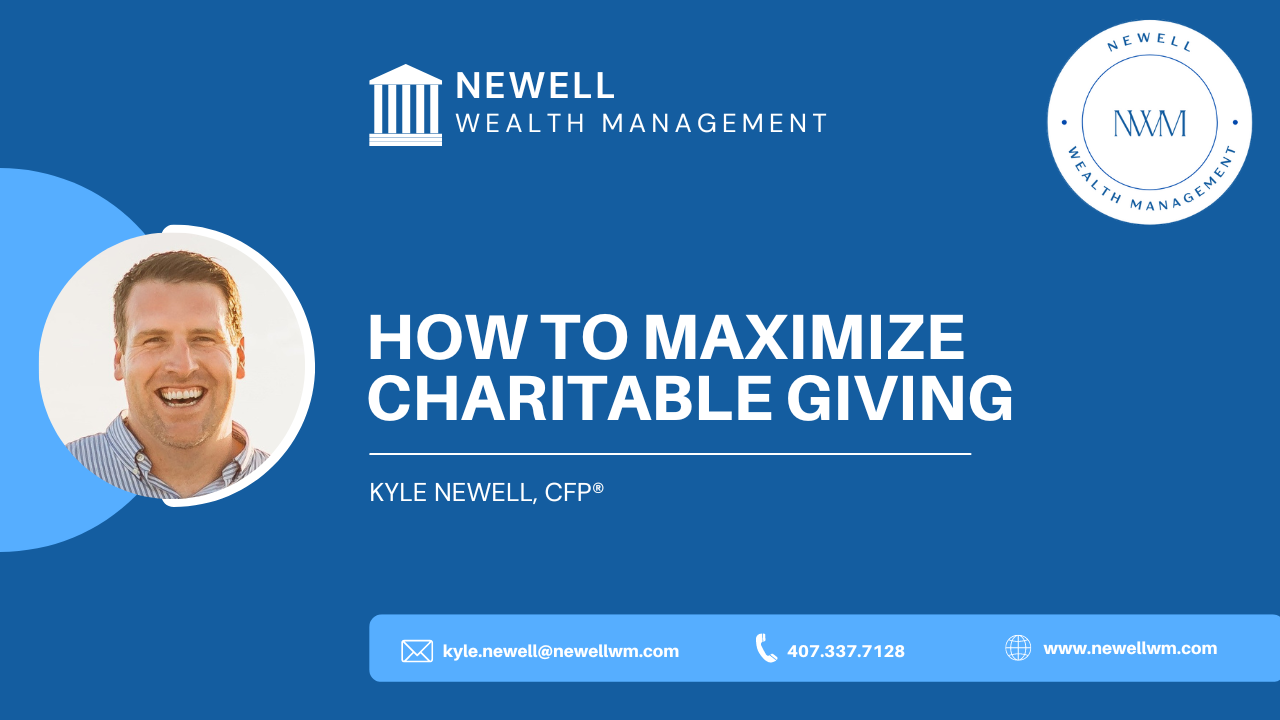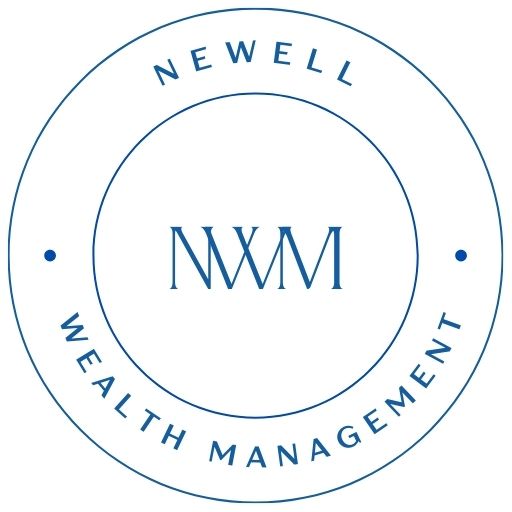How to Maximize Charitable Giving

Charitable giving is top of mind for many people this time of year. During the Thanksgiving and Christmas seasons, you will probably receive lots of emails, texts, mail requests, or social media ads from various organizations requesting charitable gifts. I am sure you have already seen quite a few.
The holidays are a great time to not only buy presents for your family and friends but also to give to organizations that you care about, support, and do good work. Charitable giving, however, is one of the few times when cash is not king. While writing a check or sending cash to an organization might be the easiest option, there may be better options to use for charitable giving.

If you are charitably inclined and want to make an impact by supporting organizations you care about, here are three ways to be financially savvy in your giving.
1) Give appreciated assets.
Did you know that you can give things other than cash to a charity? Most people aren’t aware of this as a means of charitable giving. Appreciated assets can be things like:
- Stocks or bonds
- Mutual funds
- Real estate
- A business
Any or all of those can be given to a charity. When you give appreciated assets, you get a tax deduction for the total value amount of that gift. For example, let’s say you own some stock valued at $1000. You bought the stock for $500, which has appreciated by $500, so now you have $1000.
By giving that stock as a charitable gift rather than selling it and writing a check or using cash on hand, you avoid the capital gains tax on the appreciated $500 and potentially get the tax deduction.
2) Use a required minimum distribution.
This strategy applies to those who are over 70 ½ years old. It is only available to do from an IRA. 401k’s are not eligible for this type of charitable giving. This allows you to send your gift directly to the charity, church, or other organization you care about.
This way of giving counts for your minimum distribution, but you don’t have to pay any ordinary income taxes on it. Typically a charitable contribution is a deduction that only reduces the percentage of your total tax bill. Using this option means you don’t have to pay any taxes on it at all.
It’s a more effective way to give directly to a charity, especially if you’re already using your minimum distribution and are charitably inclined. Even though the required minimum distribution age is 72, you can begin giving directly from your IRA at age 70 ½. There is a limit of $100,000 annually for this type of charitable giving.
Generally, you will work with your financial institution to set that up. They will send the check to the organization on your behalf.
3) “Bunch” your charitable giving
This is similar to the first option, but you will “bunch” it into a larger gift. The standard deduction for charitable giving is higher now, around $20,000 to $25,000 for married filing jointly. Because the deduction is so high, if you want to give $1,000 a year to an organization, you won’t get any tax benefit for it unless you can cross the threshold of the standard deduction amount.
If you want to give an organization $1,000 a year, consider “bunching” your gift. Give $30,000 or $40,000 from your stocks, mutual funds, or any after-tax account in one year. Essentially, you are taking what you would have given, and rather than spreading it out over time and possibly missing the tax deduction, you give it all at once and get the deduction that year.
If you don’t want to give the entire amount to the charity directly, you can set up a donor-advised fund. Also known as a DAF, this is a fund that you give money into and get the tax deduction that year. You control the money and when it’s given out. You can choose to disburse the charitable gift over three, five, ten, or more years.
It’s the season of giving.
Helping others brings joy to the giver and the receiver. Still, it pays to be smart about how you give. If you are a Disney cast member, another option is to take advantage of Disney’s matching gift program. The company matches your charitable gift dollar for dollar up to $25,000. It’s a great benefit to help you and the organizations you care about. If you give $10,000, Disney matches it, meaning the charity or organization receives $20,000.
All of the options discussed are great ways to help others while also using good financial strategies for yourself. It’s best to discuss your options with your financial planner. I’m happy to speak with you if you don’t have one.
Important Information
Newell Wealth Management, LLC (“NWM”) is a registered investment advisor offering advisory services in the State of FL and in other jurisdictions where exempted. Registration does not imply a certain level of skill or training. The presence of this website on the Internet shall not be directly or indirectly interpreted as a solicitation of investment advisory services to persons of another jurisdiction unless otherwise permitted by statute. Follow-up or individualized responses to consumers in a particular state by NWM in the rendering of personalized investment advice for compensation shall not be made without our first complying with jurisdiction requirements or pursuant an applicable state exemption.
All written content on this site is for information purposes only and is not intended to provide specific advice or recommendations for any individual. Opinions expressed herein are solely those of NWM, unless otherwise specifically cited. Kyle Newell and NWM are neither an attorney nor an accountant, and no portion of this website content should be interpreted as legal, accounting or tax advice. Material presented is believed to be from reliable sources and no representations are made by our firm as to other parties’ informational accuracy or completeness. There is no assurance that the views or strategies discussed are suitable for all investors or will yield positive outcomes. Investment involves risks including possible loss of principal and unless otherwise stated, are not guaranteed. Any economic forecasts set forth may not develop as predicted and are subject to change. All information or ideas provided should be discussed in detail with an advisor, accountant or legal counsel prior to implementation.
